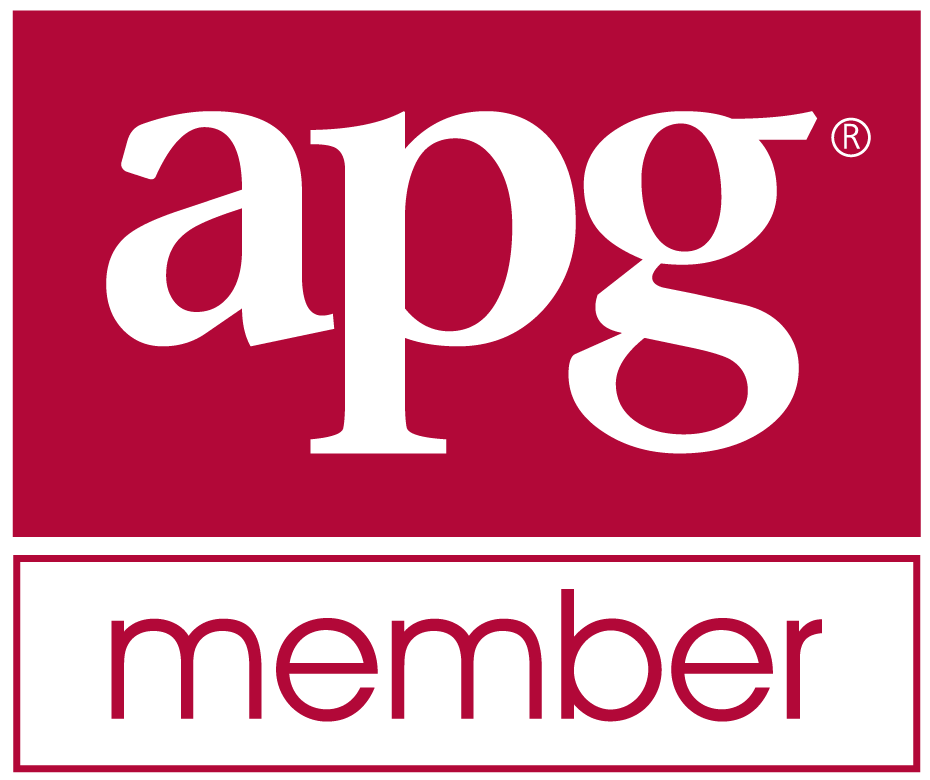Since the Version 0.99.7 release a few days ago, I have been trying to set up the Newsletter again. That died even before I switched web hosts, because the mailings started canning out after about 500 were sent.
I needed something more robust, and after the change to a PHP/MySQL backend on the new Behold website last year, the logical choice seemed to be the Open Source mailing list program: phplist.
Phplist seemed to have what I needed: The ability to send out a large number of mailings, batch sending and throttling, html/text newsletters and bounce management.
But gawd - it has the most horrendous user interface with no thought to managing the users or the mailing lists themselves. And to make things worse, my Netfirms account limits the capabilities of phpmyadmin so just getting my current user list into phplist took me 3 days of puzzle solving.
But its almost there. Hopefully I’ll be able to send out the first Newsletter in the next few days, and then get back to moving Behold closer to version 1.
 Leave a Comment
Leave a Comment
I’m always up for a challenge, and I’ve always enjoyed the challenge of a GEDCOM torture test. Most Genealogy programs claim they have no limits, but eventually every program will run out of something -array capacity, memory or time or maybe it just wasn’t written to handle a certain type of complexity.
So I was excited when Tamura Jones posted three GEDCOM torture tests along with how a good number of programs did against them. (Note: Internet Explorer can’t view Tamura’s site. Try a browser like Firefox or Google Chrome)
I was looking forward to Behold’s results. I was not happy when I saw Behold had only passed one of the challenges. I pride Behold in its ability to read all flavors of GEDCOM, and this indicated something needed to be fixed. Knowing that not a single program passed all the tests did not make me feel any better.
So as part of this version’s upgrades, I decided to include a few of the things on my “Tamura Jones” to do list - not the least of which was to easily read all the torture test files. That is now done. I hope Tamura will check it out and verify that I have actually done so.
I’ve made a number of improvements and fixes in this version. See the complete list on Behold’s Version History page.
I’m very pleased with my progress so far during the beta. I’m actually getting through all the bug fixes and changes almost as quickly as I had hoped I would. An April release date for Version 1.0 is still my goal.
 Leave a Comment
Leave a Comment
When I virtualized the Everything Report, I created one routine to write out the various parts of the report. It could send the results various places: to the Report itself, to the HTML export, to the Rich Text File export, or into plain text for the purpose of simple searching.
So I figured I could reuse that routine and simply add a new option to write to the log file. The file information in the Everything Report was something that could then easily be sent also to the log file - so I thought.
It took about 2 hours to set up and then - yuk! It looked terrible.
The Everything Report, HTML and RTF are all nicely formatted and indented. Text for the search doesn’t matter since you don’t see it. But the log file is plain text with no formatting at all. The stuff was jammed together, not indented, had hugely long lines and basically was impossible to read. I spent another couple of hours trying my best to automate the formatting and make it look reasonable.
That wasn’t going anywhere. So I took it out, and in a half an hour, I added custom append to the logfile routine that now does it much nicer.
The sexier way is not always best, so it sometimes pays to take your lumps early and go on.
 Leave a Comment
Leave a Comment

 Feedspot 100 Best Genealogy Blogs
Feedspot 100 Best Genealogy Blogs





